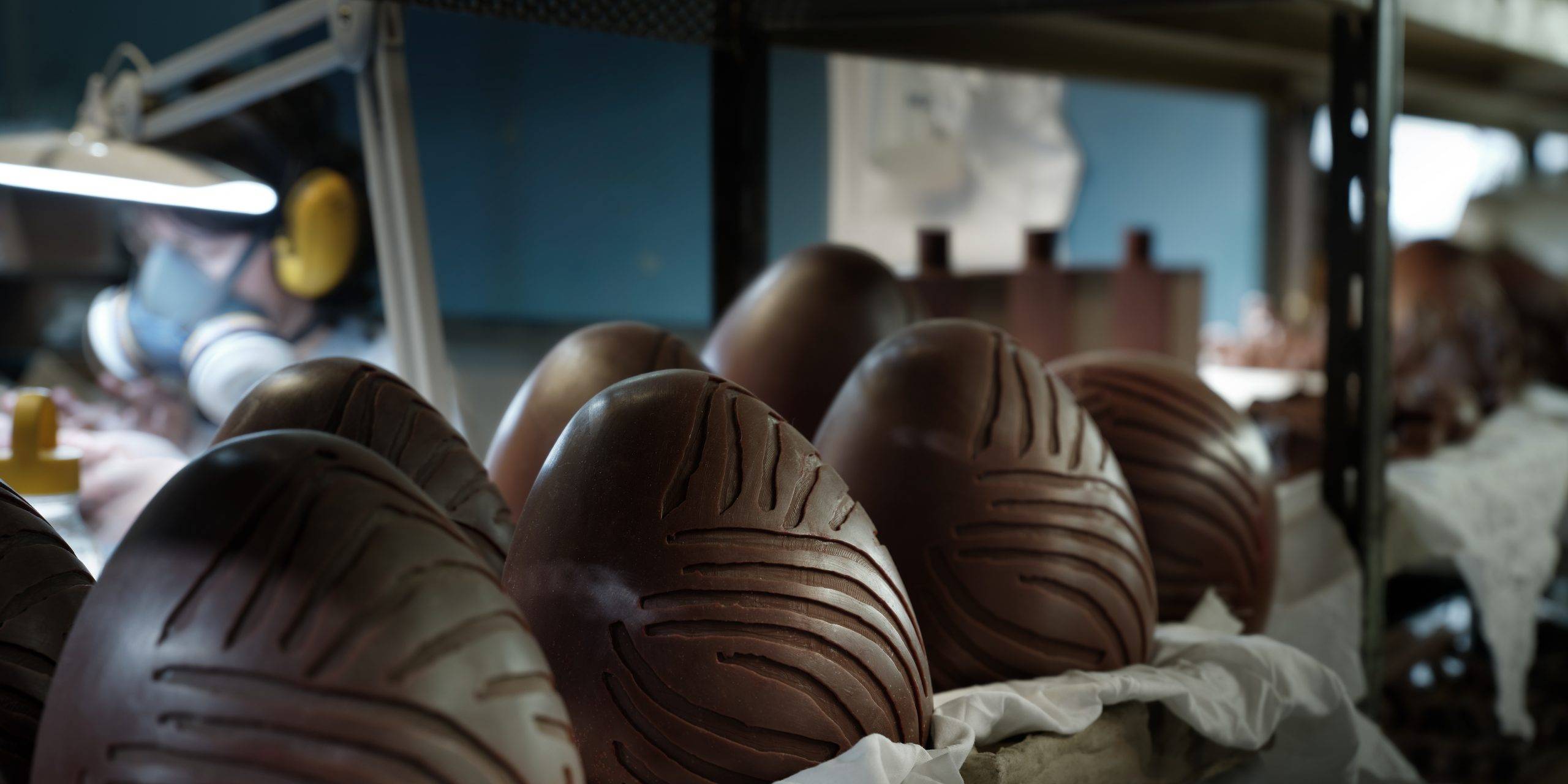
Bronze Casting Wax: The Essential Step in Lost-Wax Sculpture Casting
The precision and beauty of bronze sculpture often begin with something surprisingly fragile: wax. In traditional bronze casting, particularly the lost-wax method, the use of bronze casting wax is a critical stage that allows artists and foundries to capture intricate details with unmatched fidelity.
At Alfa Arte, the wax stage represents the transition between concept and metal—a moment where form is defined with absolute accuracy before undergoing the transformation of fire and alloy.
What Is Bronze Casting Wax?
Bronze casting wax is a special type of wax formulated for sculptural reproduction. It must have:
-
High dimensional stability
-
Clean burnout (leaves no residue when melted)
-
Flexible yet strong properties for delicate forms
-
Compatibility with mold materials and ceramic shells
Used primarily in lost-wax casting, it enables the creation of an exact wax duplicate of the sculpture, which is later replaced with molten bronze.
The Role of Wax in the Lost-Wax Process
1. Creating the Wax Positive
Once a mold is made from the original model, liquid or softened wax is poured or brushed into the mold to form a hollow or solid wax replica of the sculpture.
Learn more about our traditional mold-making and artisanal techniques
2. Gating and Wax Tree Assembly
The wax piece is connected to a network of wax rods and sprues. These “gates” allow molten bronze to flow in and air to escape during casting. This assembly, called a wax tree, is key to a successful pour.
3. Investing: The Ceramic Shell
The wax model, complete with its gating system, is coated in a ceramic slurry and sand to build a shell. Once dry, the wax is melted out (lost), leaving a cavity for the bronze to be poured in.
See how this process fits into our artistic foundry services
Why the Quality of Bronze Casting Wax Matters
The quality of the wax determines:
-
Surface smoothness and texture
-
Fidelity of fine details (folds, skin, texture, inscriptions)
-
Ease of handling for large and complex pieces
-
Reliability in burnout (minimal residue = better casting)
Professional foundries like Alfa Arte use industrial-grade waxes tailored for specific sculpture scales and mold types.
Innovations in Wax Casting
Today’s bronze casting wax techniques are being enhanced through:
-
Digital workflows: 3D printed wax patterns using CAD models
-
Flexible hybrid methods: combining traditional and digital modeling
-
Sustainable materials: exploring waxes with lower environmental impact
These innovations expand creative possibilities while maintaining the artisanal quality of the final bronze artwork.
Final Thoughts: Bronze Casting Wax
Bronze casting wax is not just a technical material—it is the sculptural medium between idea and permanence. It holds the memory of form, waiting to be reborn in metal. In expert hands, it ensures that every curve, texture, and gesture imagined by the artist is faithfully preserved in the final bronze.
At Alfa Arte, we consider the wax stage to be as important as the casting itself. Our commitment to precision and quality at every step—including mold making, wax replication, and finishing—helps artists realize their vision with confidence and clarity.